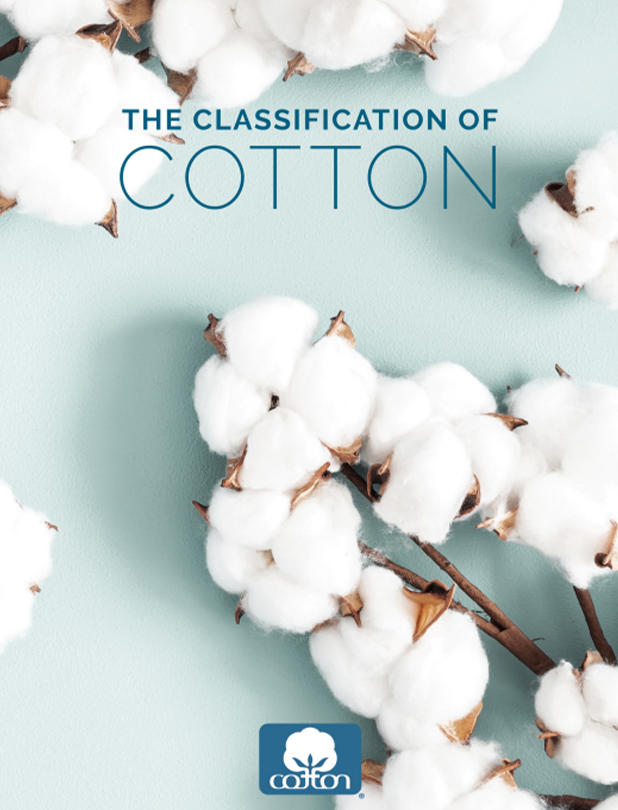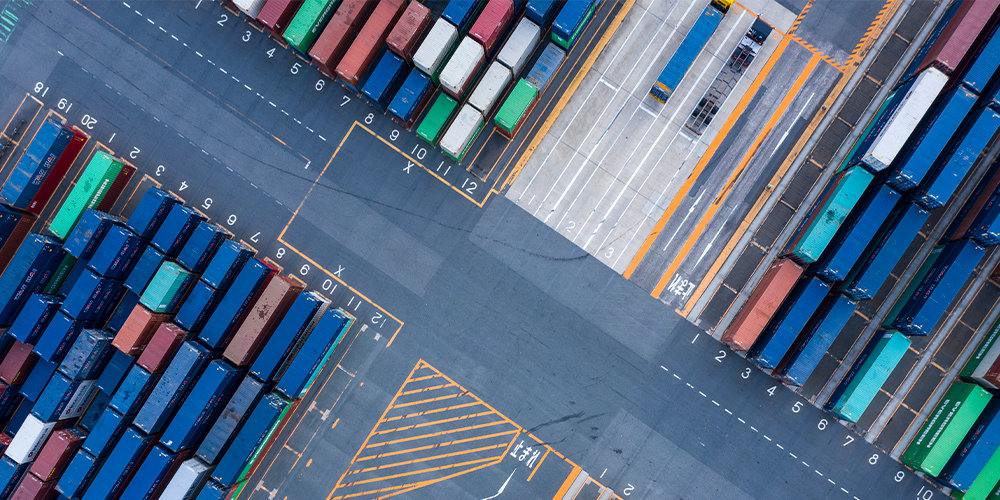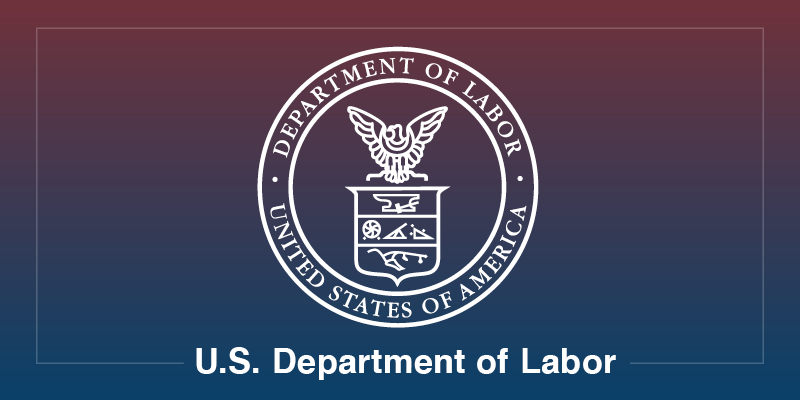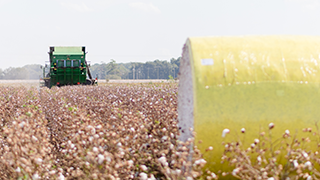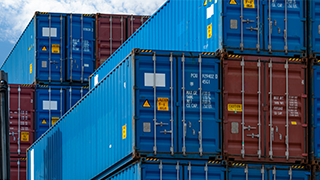Cotton Traceability Basics
Developing & Adjusting Sourcing Strategies
The United States imports textiles from more than 80 countries. Brands, retailers, and companies importing apparel and other textiles have many choices when it comes to the geography of sourcing cotton and cotton products. As companies develop or adjust their sourcing strategies, it is helpful to understand vital information about cotton, cotton fabric sourcing, trade-in cotton and production, and manufacturing practices that can affect sourcing and cotton traceability.
Many companies are searching for information about cotton production in China and how this may be affected by current regulations by U.S. Customs and Border Protection.
Sourcing Cotton
Basic Information for Adjusting Sourcing Strategies
If business conditions, regulations, or compliance requirements have you rethinking your cotton sourcing strategy, this webinar takes you through basic information essential to evaluating your cotton sourcing plan.
Download PDF: Sourcing Cotton: Basic Information for Adjusting Sourcing Strategies
Webinar originally played 2/10/21.
How Is Cotton Grown?
Cotton Fiber Development & Maturation
All cotton products begin as a plant. Explore a summary of the growth and development of a cotton plant, from seed germination to maturation.
Cotton Fiber Harvesting & Ginning
Before cotton fiber heads to the mill, it first has to be harvested from the field and go through the ginning process. Our Cotton Fiber Harvesting & Ginning page outlines the full method with the support of diagrams and images from the process.
Importance of Fiber Properties
Because cotton is a natural material, it is important for yarn manufacturers to manage variation in fiber properties to ensure the production of consistent, high-quality yarns.
For sourcing, this means that yarn manufacturing in a company’s supply chain should always have the flexibility to source appropriate qualities of cotton. Yarn manufacturers do not just buy tons or pounds of cotton—they buy the right fiber qualities of cotton to make the best products for their customers.
For further information about the important fiber qualities of cotton, review our e-book, Classification of Cotton.
Additional Resources
Sourcing decisions are complex and often involve many different factors. Knowledge of traceable cotton production, trade, and fiber properties can help companies understand important basic information that can be combined with other factors such as import regulations, manufacturing prices, and companies’ own priorities and policies. For additional information, explore these resources.
Get to know the Harmonized Tariff System classification guidelines and learn techniques for modifying fiber content or garment construction that will result in duty savings without compromising design integrity.
Cotton Incorporated’s Monthly Economic Letter provides a unique analysis of the latest events affecting the world cotton market and world cotton prices. An up-to-date letter is available each month through cottonworks.com/news.
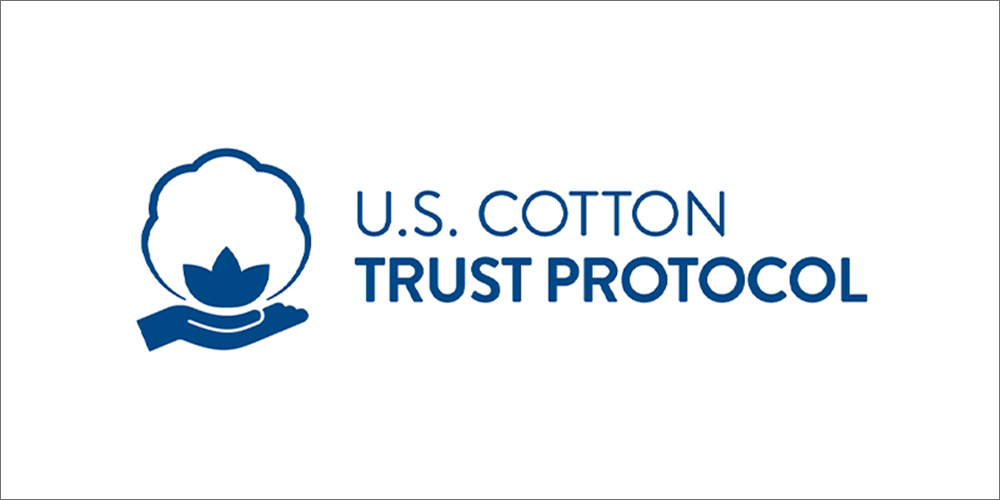
U.S. Cotton Trust Protocol™ (USCTP)
The USCTP program sets a new standard for more sustainably grown cotton by bringing quantifiable and verifiable goals and measurements to sustainable cotton production and driving continuous improvement in key sustainability metrics.
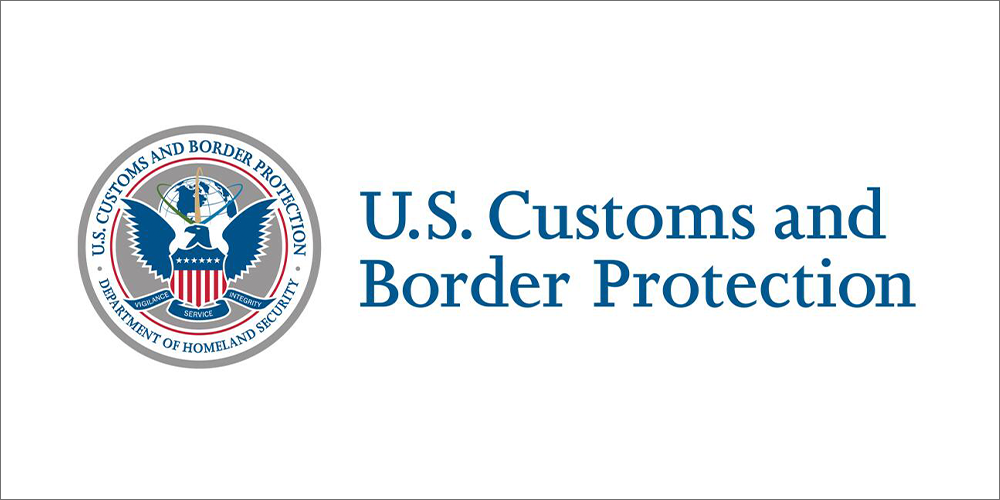
U.S. Customers & Border Protection (CBP)
U.S. Customs and Border Protection encompasses customs, immigration, border security, and agricultural protection.
U.S. Department of Labor and Bureau of International Labor Affairs mission includes strengthening global labor standards and enforcing labor commitments among trading partners.

American Apparel & Footwear Association (AAFA)
AAFA is the national trade association representing the apparel and footwear industry and works to identify member needs and facilitate engagement with policymakers around brand management, supply chain and manufacturing, and trade.
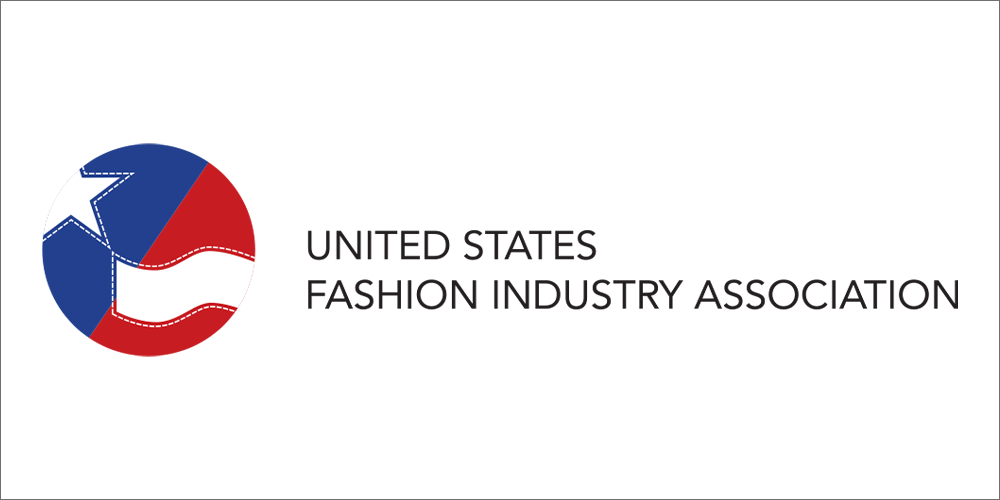
United States Fashion Industry Association (USFIA)
USFIA represents brands, retailers, importers, and wholesalers based in the United States and doing business globally, and works to eliminate tariff and non-tariff barriers that impede the fashion industry’s ability to trade freely.
Helpful Terms
Department of Homeland Security (DHS)
The Department of Homeland Security’s mission is broad and diverse, covering challenges from counterterrorism to the United States’ maritime and border security, from the protection of national leaders to coordinating the federal government’s response to natural disasters.
Source: Department of Homeland Security (DHS)
Office of Foreign Assets Control (OFAC)
The Office of Foreign Assets Control of the U.S. Department of the Treasury administers and enforces economic and trade sanctions based on U.S. foreign policy and national security goals against targeted foreign countries and regimes, terrorists, international narcotics traffickers, those engaged in activities related to the proliferation of weapons of mass destruction, and other threats to the national security, foreign policy, or economy of the United States.
Source: U.S. Department of the Treasury, Office of Foreign Assets Control – Sanctions, Programs, & Information
U.S. Customs and Border Protection (CBP)
U.S. Customs and Border Protection is the unified border agency within the Department of Homeland Security charged with the management, control, and protection of our nation’s borders at and between official ports of entry. CBP is charged with securing the borders of the United States while enforcing hundreds of laws and facilitating lawful trade and travel.
Source: U.S. Customs & Border Protection
Withhold Release Order (WRO)
A WRO is an order issued by the U.S. CBP. It detains goods imported into the U.S. at their point of entry until the importer submits proof the goods were not made using forced labor, or they re-export the goods to another country.
Source: Forced Labor: U.S. Government Continues Record-Breaking Enforcement Levels (assent.com)
Xinjiang Uyghur Autonomous Region (XUAR)
The Xinjiang Uyghur Autonomous Region is one of five autonomous regions, along with 23 provinces and four municipalities, under the governance of China.
Source: The World Fact Book (cia.gov)
Xinjiang Production and Construction Corps (XPCC)
The Xinjiang Production and Construction Corps (XPCC), known as Bingtuan, is a quasi-military, governmental organization in the Xinjiang Uygur autonomous region.
Source: Xinjiang Production & Construction Corps (chinadaily.com.cn)
Uyghur (Alt. Spellings: Uighur, Uygur)
Uyghurs are a primarily Turkic, primarily Muslim, ethnic group originating from and culturally affiliated with the general region of Central and East Asia. The majority of this group lives in Xinjiang.
Source: Britannica – Uighur
Forced Labor
Forced labor occurs when individuals are compelled to provide work or service through the use of force, fraud, or coercion.
Source: Department of Homeland Security (DHS) – Blue Campaign
